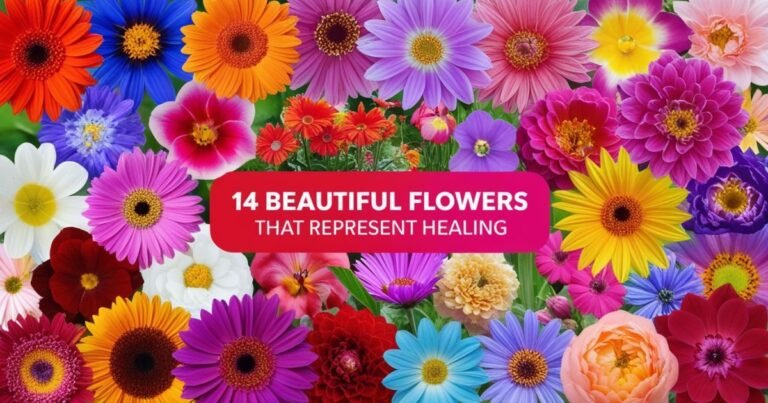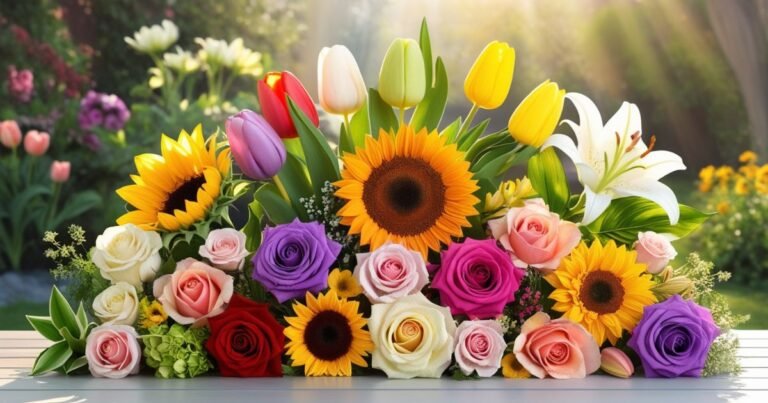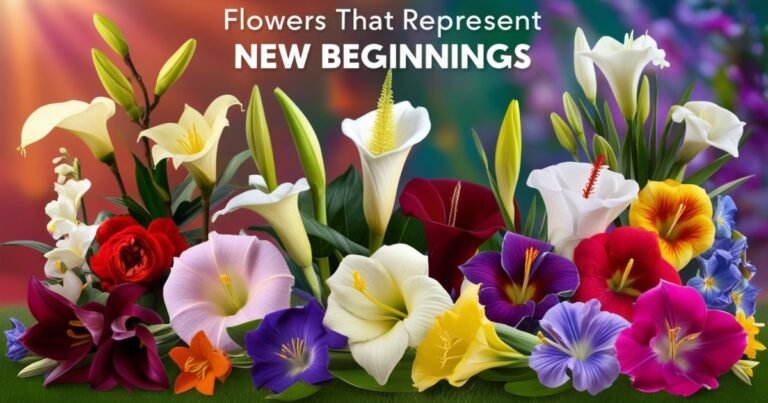Snowdrop Flower Meanings: Tale of Purity and New Beginning
Snowdrop Flower Meanings come to life as winter’s grasp begins to soften, revealing this delicate bloom as a beacon of hope and renewal. Emerging gracefully from beneath a blanket of frost, the snowdrop flower, with its pristine white petals and slender green stems, signifies purity, resilience, and the promise of new beginnings. Steeped in tradition, this enchanting bloom has long been associated with themes of transformation and optimism, making it a cherished symbol of the changing seasons and the arrival of spring.
Its resemblance to falling snowflakes gives it an ethereal quality, captivating nature lovers and poets alike. But what lies beyond its striking appearance? The significance of the snowdrop extends far beyond mere aesthetics; it has woven its way into various cultural narratives each attributing unique interpretations based on color, shape, and even the timing of its bloom.
Snowdrop Flower Meanings
The snowdrop flower, often breaking through winter’s icy grip, is a powerful symbol of rebirth and new beginnings. Its delicate white petals herald the transition from the harsh cold to the promise of spring, embodying hope in its purest form.
The snowdrop’s resilience emerging even while snow blankets the ground reflects our own capacity to persevere through life’s toughest seasons, reminding us that beauty can flourish even in adversity.
Beyond its physical beauty, the snowdrop evokes a tapestry of emotions and concepts tied to renewal. It stands as an emblem not only for fresh starts but also for purity and innocence, its pristine blooms whispering tales of untainted beginnings.

For those navigating personal challenges or transitions, embracing the spirit of this humble flower can inspire a profound reconnection with one’s true self and aspirations. Each bloom acts as a gentle nudge toward envisioning brighter days ahead, making it more than just a seasonal marker; it becomes a deeply personal reminder to nurture our own growth despite life’s inevitable trials.
Etymological Meaning of the Snowdrop Flower
The snowdrop flower, delicate yet resilient, boasts a fascinating etymological lineage that reflects both its beauty and habitat. The name snowdrop is derived from its striking ability to bloom through the snow, serving as a herald of spring when winter still holds sway.
This resilience is mirrored in its Greek nomenclature *Galanthus*, which combines “gala” (milk) and “anthos” (flower). Thus, it can be poetically interpreted as the milk flower, highlighting both its pristine white petals reminiscent of fresh milk and its bravery in piercing through icy terrains.

Its roots in Greek, the plant finds another layer of meaning with the Latin term *nivalis*, meaning of the snow. This dual linguistic heritage underscores not only the visual presence of these flowers during cold months but also their role in various cultures as symbols of hope and rebirth.
The snowdrop’s early appearance often signifies that brighter days are on the horizon, a theme resonant across many tales and traditions. By weaving together implications from both ancient languages, we discover how this simple bloom encapsulates profound narratives about endurance and renewal against nature’s harshest backdrop.
Symbolism of the Snowdrop Flower
The snowdrop flower, with its delicate white petals and early bloom, symbolizes hope, renewal, and the quiet strength to endure. Its presence in the chill of winter serves as a gentle reminder of resilience and the promise of brighter days ahead.
- In the legend of the Eden Garden
- In the lovely German legend
- In Moldovan legend
- In the Romanian legend
- In Victorian times
- In the United States
In the legend of the Eden Garden
The snowdrop flower, often one of the first to bloom after winter’s grasp, carries profound symbolism that resonates across various cultures. In the legend of Eden Garden, it is said that when Eve was cast out of paradise, snowdrops emerged from the earth where her tears had fallen.
This connection imbues the flower with themes of hope and renewal; even amid despair, beauty can emerge. The delicate white petals symbolize purity and rebirth, serving as a reminder that life persists despite harsh conditions.
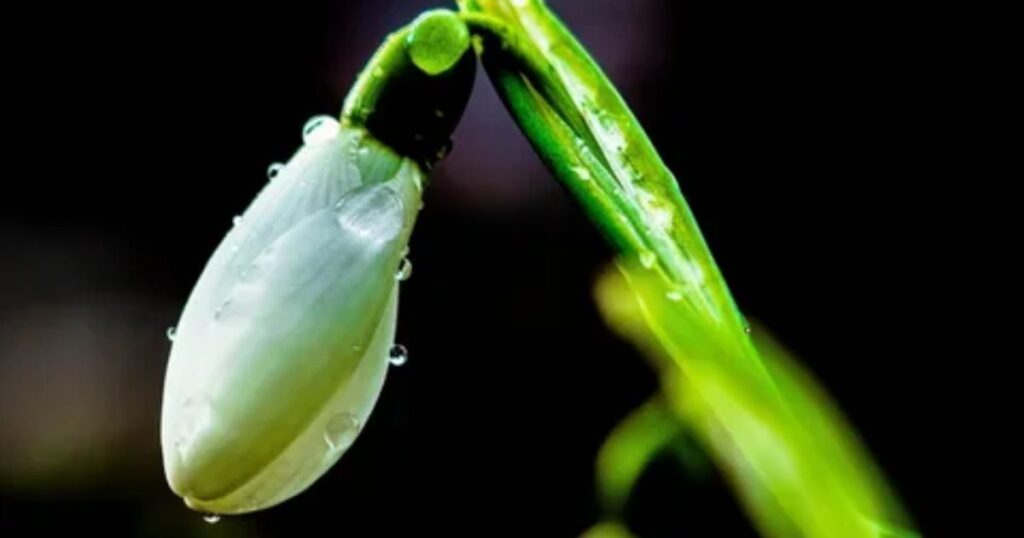
Snowdrops are sometimes seen as harbingers of change their emergence signals not just the end of winter but also a transformative journey toward spring. This duality reflects our own experiences; like these flowers pushing through frost-laden soil, we too can find strength in vulnerability.
Each petal represents resilience in confronting life’s challenges while reminding us to embrace new beginnings. Thus, the snowdrop transcends its physical beauty to become a powerful emblem of hope intertwined with human experience forever whispering secrets of survival and transformation from garden to heart.
In the lovely German legend
In the lovely German legend, the snowdrop flower emerges as a harbinger of hope and renewal. As winter reluctantly loosens its grip on the land, the delicate petals of the snowdrop symbolize purity and resilience, whispering secrets of life that flourishes beneath layers of ice and snow.
The legend tells of a young maiden who bravely traveled through treacherous blizzards to save her beloved from despair; her tears fell like precious gems onto frozen ground, nurturing these fragile blooms to life.
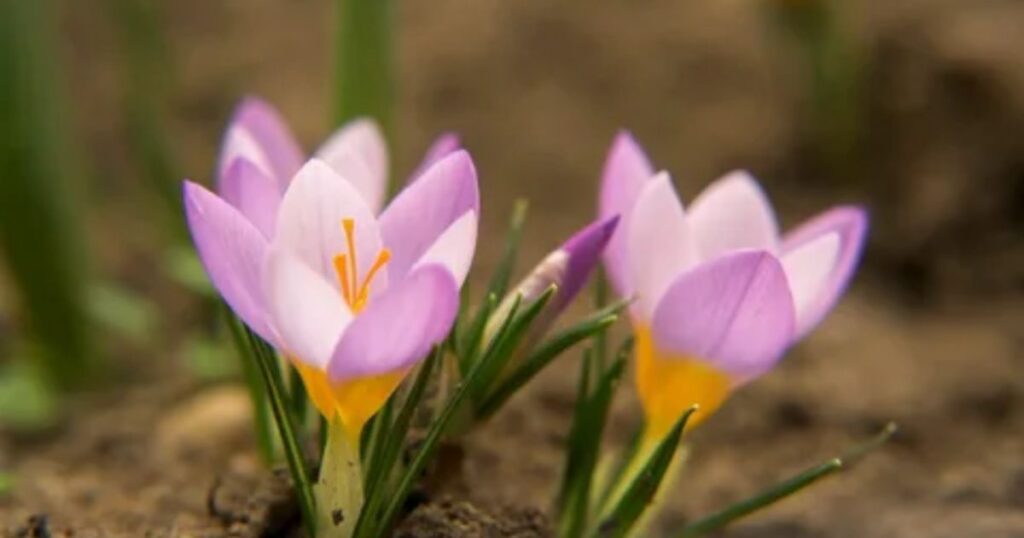
The snowdrops not only encapsulate love’s enduring spirit but also reflect nature’s cyclical dance between death and rebirth. In this tale, they mark the promise that even the harshest winters will yield to spring’s embrace, reminding us that transformation is always within reach.
Each bloom stands as a testament to unyielding faith in the belief that light will break through darkness. Ultimately, these flowers serve as a gentle reminder that amidst life’s trials and tribulations, there exists an unwavering beauty waiting patiently to unfold in our hearts and gardens alike.
In Moldovan legend
In Moldovan legend, the snowdrop flower embodies the spirit of resilience and rebirth. Often emerging as one of the first blooms after winter, it symbolizes hope in the face of adversity. Folklore suggests that during the harshest winters, a brave young girl ventured into a blizzard to rescue her beloved from despair.
In her unwavering determination, she stumbled upon a patch of snowdrops, which sprang forth vibrantly despite the cold ground. This act of love is said to have infused these delicate flowers with a mystical quality, their nodding heads representing humility and grace in overcoming life’s challenges.

Snowdrops hold dual significance; they not only depict renewal but also serve as reminders of fleeting beauty. As legends tell it, each bloom carries whispers from ancestors who once cherished these flowers for their promise of spring’s return.
Adorning homes during celebrations like Martisor, a holiday honoring life and nature, snowdrops bridge past and present, drawing connections between generations through shared tales. Thus, this humble flower encapsulates enduring themes of love, sacrifice, and familial bonds that define Moldovan culture, inviting us to reflect on our own connections with nature and tradition.
In the Romanian legend
In the Romanian legend, the snowdrop flower is imbued with a deep sense of renewal and resilience. This delicate bloom, which bravely pierces the snow as winter wanes, symbolizes hope and rebirth. According to folklore, its white petals represent purity and innocence, emerging as a sign that spring’s tender embrace is near.
The story emphasizes how beauty can thrive even in adversity; the snowdrop’s tenacity against harsh conditions mirrors human strength in overcoming trials.

The snowdrop serves as a reminder of transformation, a concept deeply rooted in Romanian culture. In some legends, it is said that each flower carries within it stories of lost souls seeking redemption. When these flowers blossom, they herald new beginnings for those who have faced hardship or despair.
Thus, every snowdrop you encounter becomes more than just a lovely sight; it’s an emblem of overcoming darkness and embracing life’s inevitable cycles of loss and recovery, inviting us all to reflect on our own journeys toward growth amidst challenges.
In Victorian times
In Victorian times, the snowdrop flower emerged as a potent symbol of hope and rebirth amidst the long, dark winters. Its delicate white petals piercing through the frost signified resilience, a theme that resonated deeply with a society grappling with industrialization’s stark realities.
As people sought solace in nature’s beauty during an era marked by rapid change, snowdrops became emblematic of purity and new beginnings, often associated with the fleeting nature of life itself.

Snowdrops held a subtle yet profound significance in the language of flowers, or floriography. Gifted between lovers or friends, their presence conveyed messages of sympathy for lost love or unfortunate circumstances, an acknowledgment that even amid sorrowful seasons, renewal is possible.
This duality encapsulated not just emotional complexity but also highlighted the Victorian fascination with both morality and romanticism as it melded seamlessly into everyday life. Thus, while commonly overlooked today, the snowdrop otters a glimpse into a society that cherished delicate beauty and profound meaning in their floral exchanges.
In the United States
The snowdrop flower, delicate and white, emerges as one of the first signs of spring in the United States, symbolizing renewal and hope. Its ability to bloom through the frost acts as a poignant reminder that beauty can endure even in harsh conditions.
This resilience resonates deeply with many Americans who draw parallels between the flower’s journey and their own struggles unearthing strength amid adversity. The snowdrop inspires grace in vulnerability, suggesting that sometimes our most profound moments of growth arise from difficult chapters.
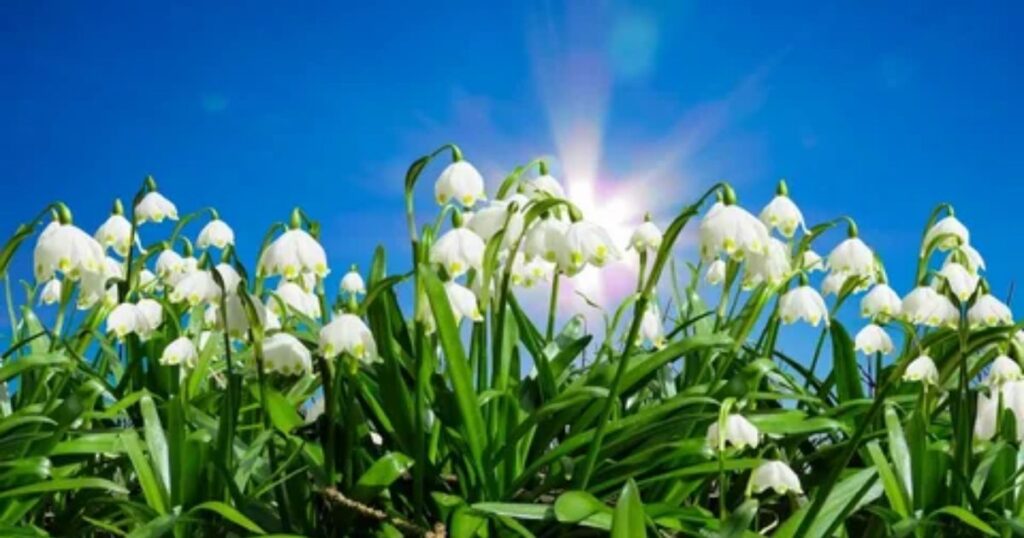
Snowdrop as representation of hope, it is often associated with purity and innocence. In a culture where these qualities are frequently idealized yet constantly challenged, witnessing this fragile bloom persistently push through winter’s icy grip instills a sense of optimism for what lies ahead.
For gardeners and nature enthusiasts alike, planting snowdrops becomes an act not just of beautification but also an affirmation of life’s cyclical nature a celebration that each season has something to offer. They remind us that even after the coldest winters, rejuvenation is always on the horizon if we remain patient and attentive to our surroundings.
Snowdrop Flower Meaning By Color
The snowdrop flower, with its delicate, drooping petals and early bloom in late winter, is rich in symbolism that varies by color. The classic white snowdrop, the most recognized variant, embodies purity and hope. Its pristine hue serves as a reminder that even amidst the starkness of winter, renewal is possible.
In traditions across cultures, white snowdrops often symbolize a fresh start, a promise of spring’s arrival that resonates deeply with those seeking rejuvenation after challenging times.
Diving into the realm of colored snowdrops unveils even more layers of meaning. For instance, pale blue or lilac variations evoke feelings of tranquility and peace. These serene colors carry connotations of calmness and serenity; growing them in gardens can create a soothing sanctuary for reflection during tumultuous periods.
Conversely, yellow snowdrops, though rarer, radiate warmth and joy. They serve as an emblem of cheerfulness and optimism, suggesting that brighter days are always on the horizon despite life’s cycles of darkness.
Exploring these different colors offers not just visual appeal but also an opportunity to reflect personal sentiments through floral choices. Whether embracing the steadfast purity of white or inviting joy with vibrant yellow shades into one’s life or garden space, each colored snowdrop can serve as a poignant symbol tailored to individual journeys, a gentle nudge towards hopefulness during transitional phases.
Meaningful Botanical Characteristics of the Snowdrop Flower
The snowdrop flower, with its delicate white blooms peeking through the frost, represents resilience in the harshest of climates. One of its most fascinating botanical characteristics is its ability to thrive in cold temperatures, often blooming as early as January.
This remarkable adaptation can be largely attributed to a unique compound called galantamine, found in the plant’s tissues. Galantamine not only protects snowdrops from freezing but also serves as an intriguing reminder of nature’s ingenuity, inspiring further research into potential applications for neurodegenerative diseases.
Beyond its physical robustness, the snowdrop embodies a subtle yet profound symbolism: hope and renewal. Its gentle martial shape bends gracefully under weight but never breaks a metaphor for perseverance amid life’s challenges.
The inner green markings on the petals provide an alluring contrast that invites pollinators during those early months when few other food sources are available. In this way, snowdrops serve not just as harbingers of spring but also as critical players in their ecosystems, echoing a symbiotic relationship between beauty and sustainability that resonates deeply within our botanical landscapes.
Special Occasions For The Snowdrop Flowers
Snowdrop flowers, with their delicate white petals peeking through the snow, hold a unique symbolism that resonates deeply during special occasions. Their ethereal beauty makes them an enchanting choice for weddings, where they signify purity and hope.
Couples often incorporate snowdrops into their floral arrangements or as part of their bridal bouquet to evoke the promise of new beginnings, a perfect reflection of their love blossoming amidst any adversity.
In moments of loss or mourning, these gentle blooms can articulate emotions words sometimes fail to convey. A simple bouquet of snowdrops given as a sympathy gesture serves as a heartfelt reminder that even in grief, there is beauty and renewal on the horizon. They resonate with those navigating life’s transitions, elegantly symbolizing resilience and the assurance that brighter days await beyond life’s struggles.
Lastly, snowdrops are emblematic of transition moments whether it’s moving toward a new career or stepping into parenthood. Their arrival in early spring heralds the end of winter’s harshness and beckons fresh starts and transformative journeys. Presenting snowdrops during such pivotal times reminds us to embrace change and celebrate each phase of our lives with grace and optimism.
The Snowdrop Flower’s Message
The snowdrop flower, with its delicate white petals peeking through the winter frost, embodies a profound message of resilience and hope. As one of the first blooms to herald the end of winter’s desolation, it serves as a reminder that beauty can emerge even in the harshest conditions.
This tenacity resonates deeply with anyone experiencing hardships just as the snowdrop defies the chill to greet spring, so too can we rise above our struggles.
Beyond its symbolic representation of hope, the snowdrop also encourages us to embrace impermanence. Its fleeting bloom teaches us to appreciate moments of joy and beauty before they vanish, prompting reflection on our own lives and what we might take for granted.
Each sighting of this charming flower invites an invitation to slow down and acknowledge life’s transitions both challenging and joyous, as essential threads woven into our existence. In this way, the snowdrop is not just a messenger but a powerful emblem urging us to remain present in each moment while nurturing dreams for brighter days ahead.
Conclusion
The snowdrop flower holds a rich tapestry of meanings and symbolism that varies across cultures, occasions, and colors. From representing hope and renewal in early spring to embodying purity and innocence during moments of remembrance, these delicate blooms resonate deeply with human emotions.
Their versatility makes them a cherished gift for various celebrations, including weddings and birthdays, while also serving as poignant symbols of loss and reflection. By understanding the unique significance of snowdrops in different contexts, we can appreciate their beauty on both aesthetic and emotional levels.



